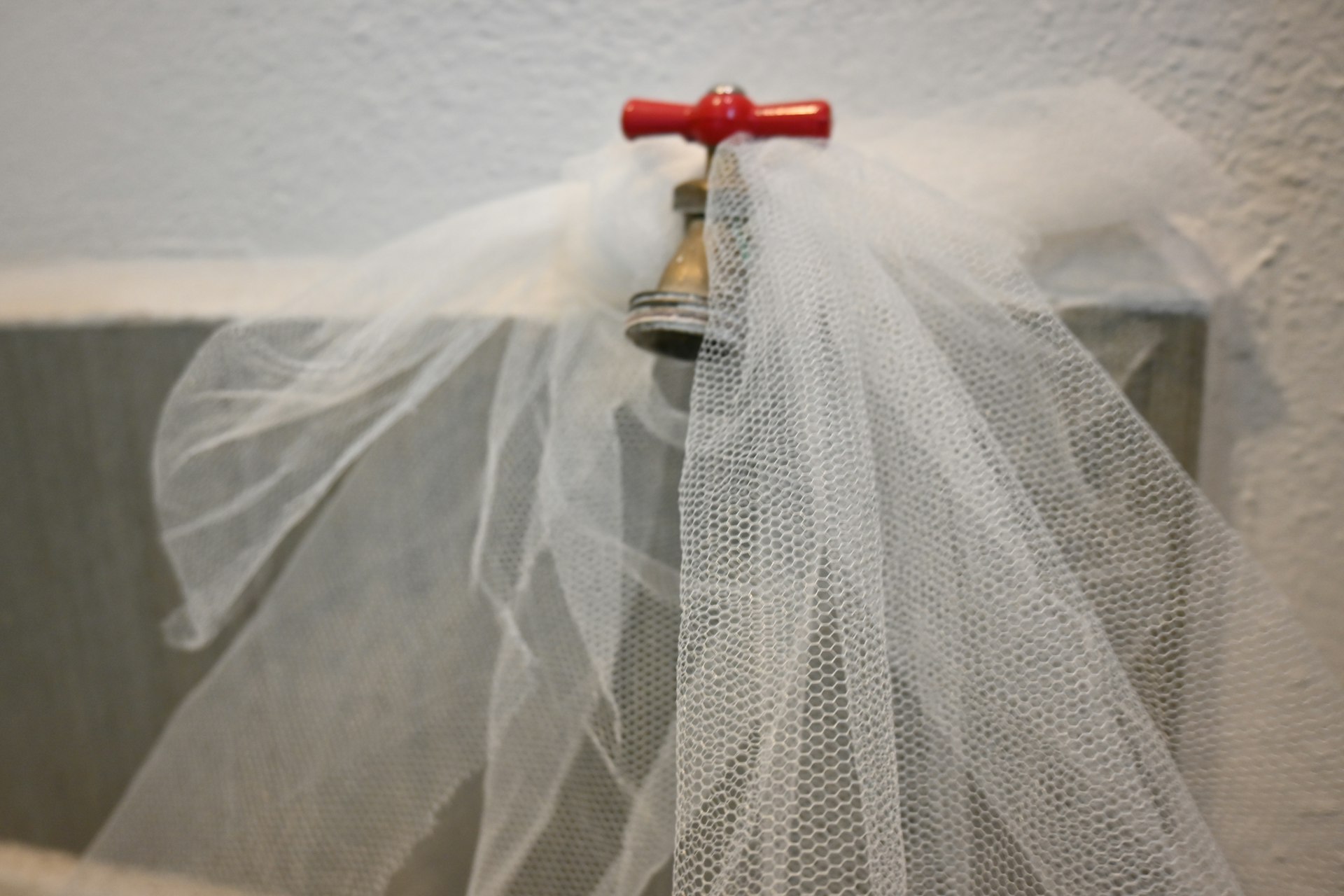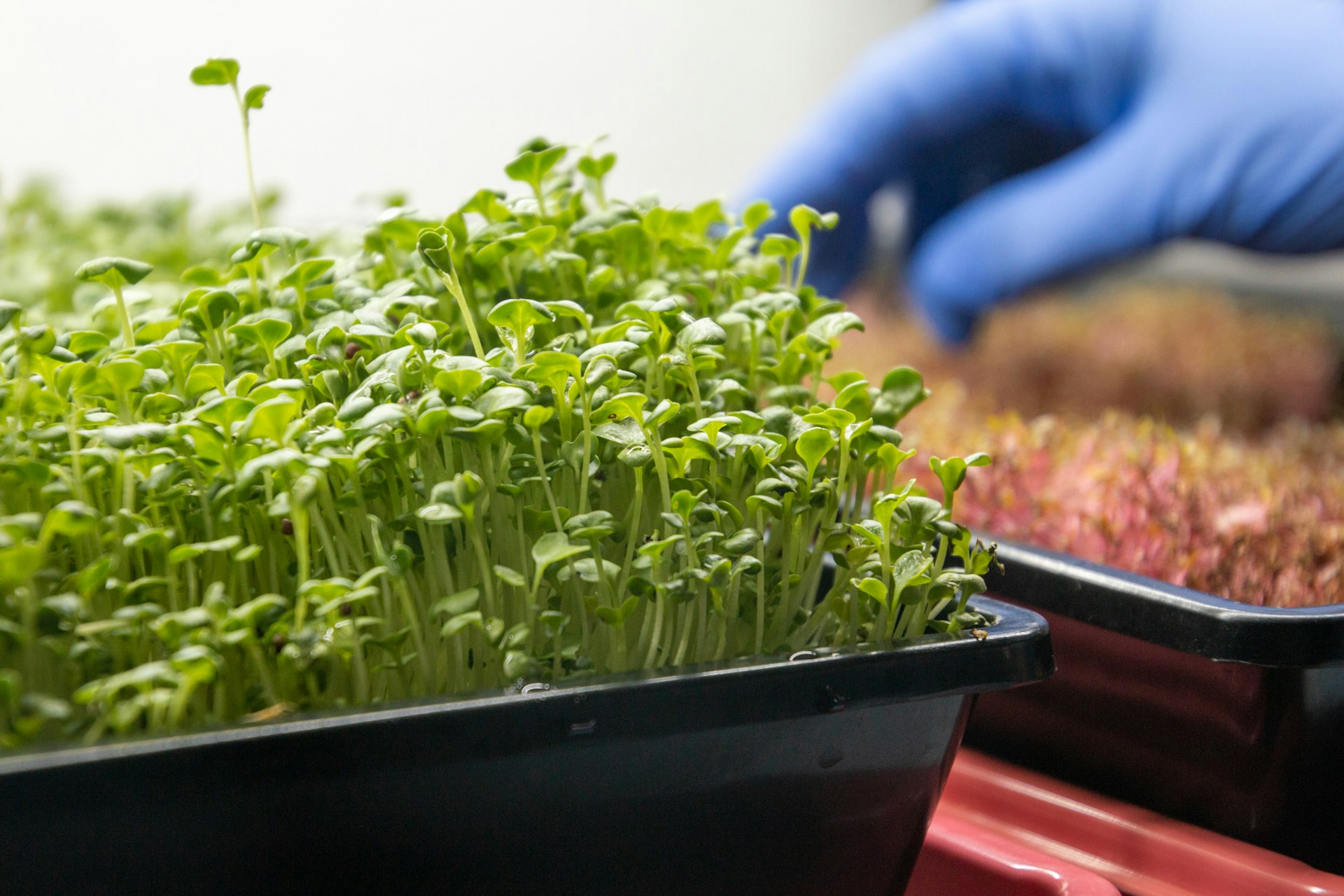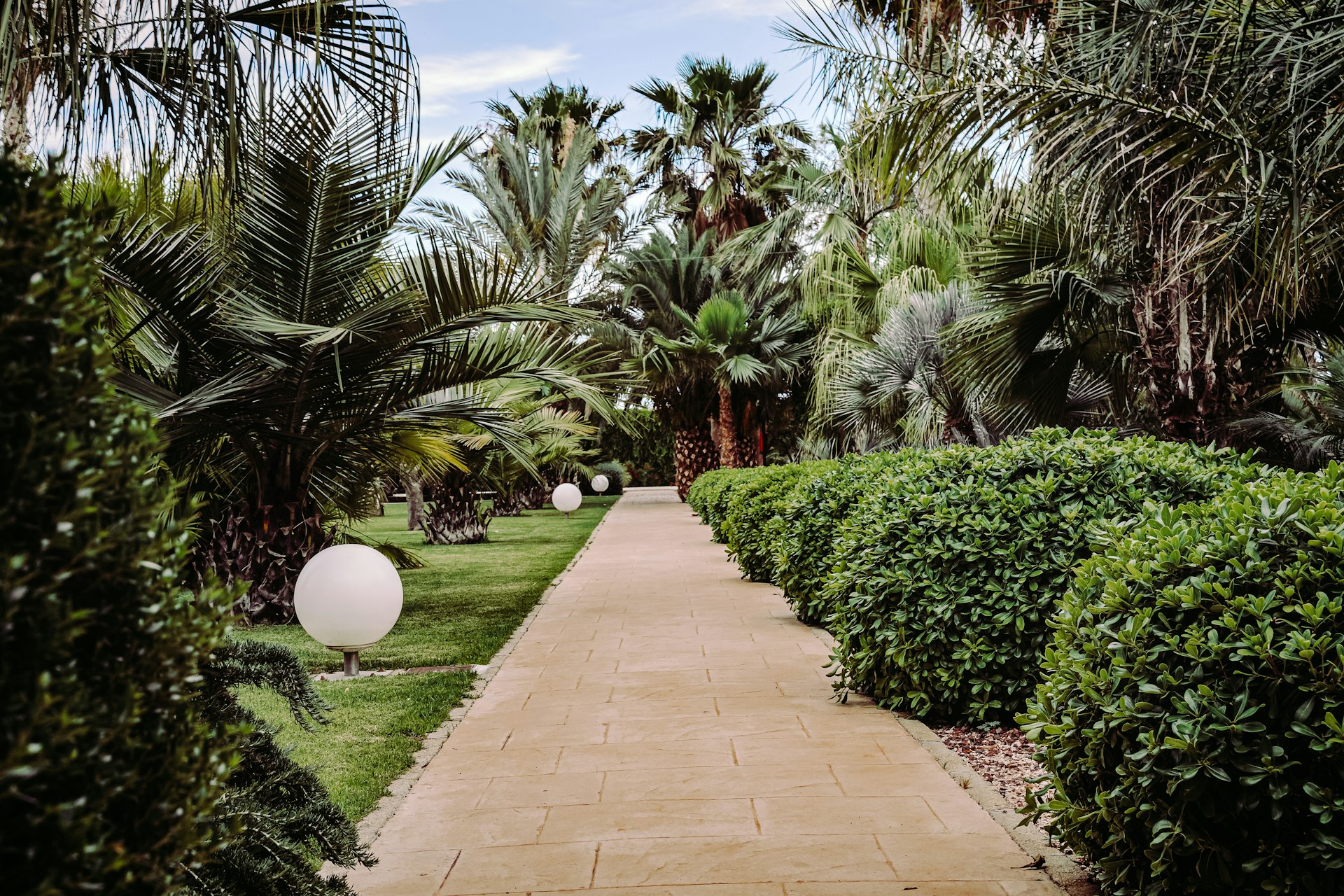Seasonal Foraged Mushroom Risotto: Variations, Techniques, and Expert Guidance

Photo by Lydia Lögga on Unsplash
Introduction: The Art of Seasonal Foraged Mushroom Risotto
Foraged mushroom risotto captures the essence of the seasons in one comforting, elegant dish. By using mushrooms gathered at their peak – whether it’s spring’s morels, summer’s chanterelles, or autumn’s porcini – you can elevate a classic risotto with unique flavors and textures. This guide provides comprehensive instructions, expert tips, and practical advice for creating seasonal variations of mushroom risotto at home, regardless of your experience level.
Understanding Foraged Mushrooms: Availability and Selection
The choice of mushrooms is crucial to risotto’s character. Seasonal wild mushrooms like morels, chanterelles, porcini, oyster, shiitake, and maitake each bring distinct aromas and textures. Foraged mushrooms are typically available at farmers’ markets, specialty grocers, foraging groups, or through personal gathering-always ensure proper identification and safety before consuming wild fungi. If fresh foraged mushrooms are unavailable, dried wild mushrooms offer a potent alternative, especially outside the main foraging seasons [3] .
Core Risotto Technique: Building Creaminess and Depth
Classic risotto relies on arborio , carnaroli , or baldo rice for their high starch content, which creates a creamy consistency without cream. The technique involves:
- Sautéing aromatics (onion, shallot, garlic) in butter or oil
- Toasting the rice to develop flavor
- Deglazing with dry white wine to balance earthiness
- Gradually adding hot stock in increments, stirring constantly to release starch
- Finishing with cheese (Parmesan or alternatives), butter, and fresh herbs
This method remains consistent across seasonal variations [2] [4] .
Spring: Morel and Wild Garlic Risotto
In spring, morels are prized for their honeycomb caps and earthy, nutty flavor. Combine them with wild garlic or ramps for a vibrant, aromatic risotto. Clean morels thoroughly to remove grit, then sauté gently in butter before folding into the risotto base. For those new to wild harvesting, morels can sometimes be found at reputable farmers’ markets or specialty stores. If morels are unavailable, substitute with cultivated cremini or dried porcini, soaking dried mushrooms in hot water and using the soaking liquid as part of your stock.
Implementation Steps:
- Prepare morels by rinsing and slicing.
- Sauté with wild garlic in butter until soft and fragrant.
- Add to risotto after the first addition of stock.
- Finish with a squeeze of lemon and chopped parsley for brightness.
Potential challenges include grit in morels; soak and rinse thoroughly. If wild garlic is unavailable, use a mix of chives and spinach as alternatives.
Summer: Chanterelle and Herb Risotto
Chanterelles offer a fruity aroma and golden hue, making them a summer favorite. Their delicate texture pairs well with fresh herbs like tarragon and dill. Clean chanterelles with a damp cloth or brush, avoiding water when possible to prevent sogginess. Sauté separately and reserve some for garnishing the finished dish for added texture and visual appeal [2] .
Step-by-Step Guidance:
- Clean and slice chanterelles; reserve a few whole for garnish.
- Sauté in butter with a sprinkle of salt until golden and aromatic.
- Prepare risotto base as described above.
- Fold in sautéed chanterelles and fresh herbs during the final minutes of cooking.
- Top with reserved whole chanterelles and a drizzle of extra-virgin olive oil.
If chanterelles are unavailable, oyster or maitake mushrooms work well. For a vegan version, omit cheese or use a plant-based alternative.
Autumn: Porcini and Chestnut Risotto
Autumn is synonymous with porcini mushrooms, renowned for their robust, woodsy flavor. Dried porcini are particularly flavorful and may be available year-round. Rehydrate them in hot water, using both the mushrooms and the soaking liquid in the risotto [3] . Add roasted chestnuts for a sweet, nutty counterpoint. This variation highlights the deep, earthy notes of fall.
Preparation Instructions:
- Soak dried porcini in hot water for at least 30 minutes. Strain and reserve liquid.
- Chop rehydrated porcini and sauté with diced chestnuts in butter or olive oil.
- Begin risotto with aromatics, then toast rice and deglaze with white wine.
- Use reserved porcini soaking liquid as part of your stock for maximum flavor.
- Fold sautéed mushrooms and chestnuts into risotto during final stages.
Potential challenges include the strong flavor of some dried mushrooms; adjust quantities to taste. Roasted hazelnuts can substitute for chestnuts if desired.

Photo by Aaru on Unsplash
Winter: Dried Wild Mushroom and Root Vegetable Risotto
In winter, dried wild mushrooms and root vegetables like parsnip, carrot, or celery root add depth and body to risotto. Dried mushrooms are available in most supermarkets and online from specialty food retailers. To use, soak in hot water and add along with finely diced root vegetables. This approach makes the most of pantry staples when fresh mushrooms are scarce [3] [1] .
How-To:
- Soak dried mushrooms; chop and reserve soaking liquid.
- Sauté root vegetables in olive oil until beginning to soften.
- Add rice and toast, then proceed with risotto technique.
- Incorporate mushrooms and their soaking liquid gradually.
- Finish with grated hard cheese or a vegan alternative.
For a heartier meal, add cooked lentils or shredded cooked chicken. If root vegetables are unavailable, use frozen peas or spinach as substitutes.
Customizing Your Risotto: Ingredient Swaps and Flavor Enhancements
Risotto is highly adaptable. Consider the following techniques to tailor your dish:
- Stock: Homemade mushroom or vegetable stock intensifies flavor. Sauté aromatics and mushrooms, deglaze with wine, add water and simmer for an hour, then strain before use [1] .
- Cheese: Parmesan is traditional, but try aged goat cheese or nut-based vegan cheeses for alternative flavors.
- Herbs: Fresh parsley, thyme, or chives lift earthiness. Zest and juice of lemon add brightness [4] .
- Finishing Oil: Drizzle with truffle oil or extra-virgin olive oil for a luxurious finish.
- Serving Suggestions: Top with pan-fried mushroom slices, additional herbs, and cracked black pepper for texture and aroma [2] .
Always taste and adjust seasoning before serving. For those with dietary restrictions, risotto can be made entirely plant-based by omitting butter and cheese or substituting with vegan options.
Accessing Foraged Mushrooms and Community Resources
Foraged mushrooms may be sourced through local foragers, community-supported agriculture (CSA) programs, farmers’ markets, or mushroom clubs. Many regions have official mycological societies that offer foraging walks, safety workshops, and identification resources. If you wish to learn more or participate in group foraging, search for “mycological society” and your region, or contact your local agricultural extension office for guidance. When purchasing, always choose reputable sources to ensure safety and quality.
If you are new to foraging, consider attending a certified identification workshop before consuming wild mushrooms. Never eat a mushroom unless you are absolutely certain of its identity; some edible species have toxic lookalikes. Many university extension programs and public health agencies offer foraging safety classes. For further education, search for official mycology or wild foraging resources associated with your state or country.
Troubleshooting and Alternative Approaches
Common issues with mushroom risotto include undercooked rice, lack of creaminess, or bland flavor. To avoid these pitfalls:
- Use the correct rice variety and stir constantly during cooking to release starch.
- Keep stock hot and add in small increments, allowing the rice to absorb liquid slowly.
- Layer flavors by sautéing mushrooms separately and adding their soaking liquid for richness.
- Balance earthiness with acid (lemon juice or vinegar) and freshness (herbs).
If you prefer a shortcut, some high-quality dried risotto mixes are available from specialty retailers. However, these lack the nuanced flavor of homemade stock and freshly foraged mushrooms.
Summary and Key Takeaways
Seasonal foraged mushroom risotto is a celebration of local bounty and culinary technique. By adapting classic risotto methods to feature the best mushrooms of each season, you can create dishes of remarkable flavor and elegance. Whether using morels in spring, chanterelles in summer, porcini in autumn, or dried mushrooms in winter, the key is careful ingredient selection, proper preparation, and attention to technique. For those interested in foraging, prioritize safety and seek guidance from official organizations or agricultural agencies in your area. With practice and creativity, you can enjoy risotto that reflects the unique flavors of every season.
References
- [1] Travel-Gourmand.com (2017). Wild Mushroom Risotto: Recipe and Stock Preparation.
- [2] Ask the Food Geek (2024). Wild Mushroom Risotto: Types and Techniques.
- [3] Forager | Chef (2018). Dried Wild Mushroom Risotto: Off-Season Approaches.
- [4] The New Vintage Kitchen (2018). Wild Mushroom Risotto: Traditional Italian Methods.
- [5] The Adagio Blog (2021). Nordic Foraging: Wild Mushroom Risotto.
MORE FROM hotondeals.com













